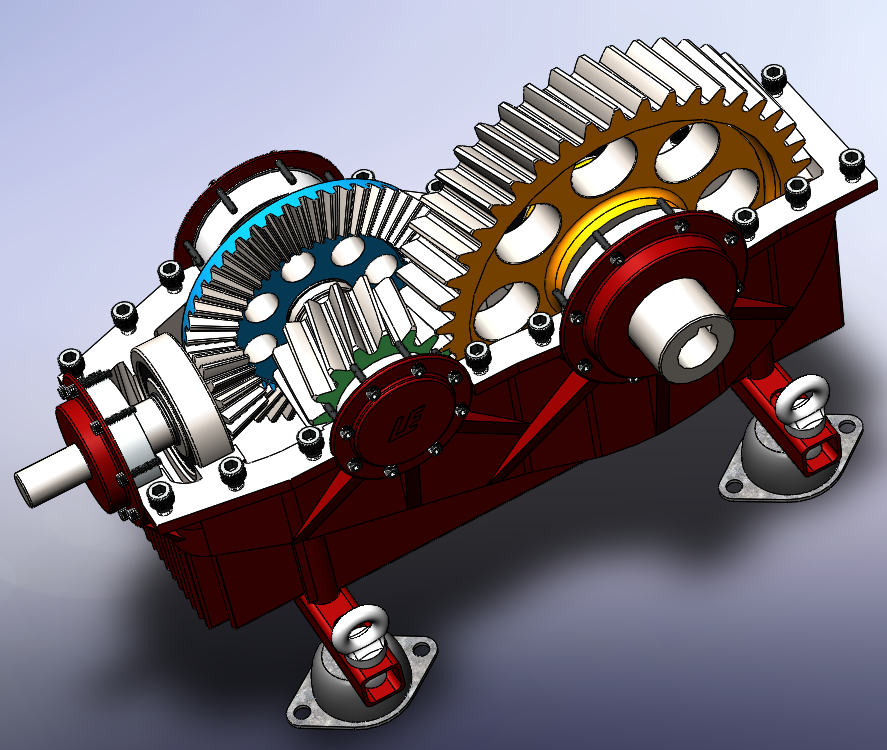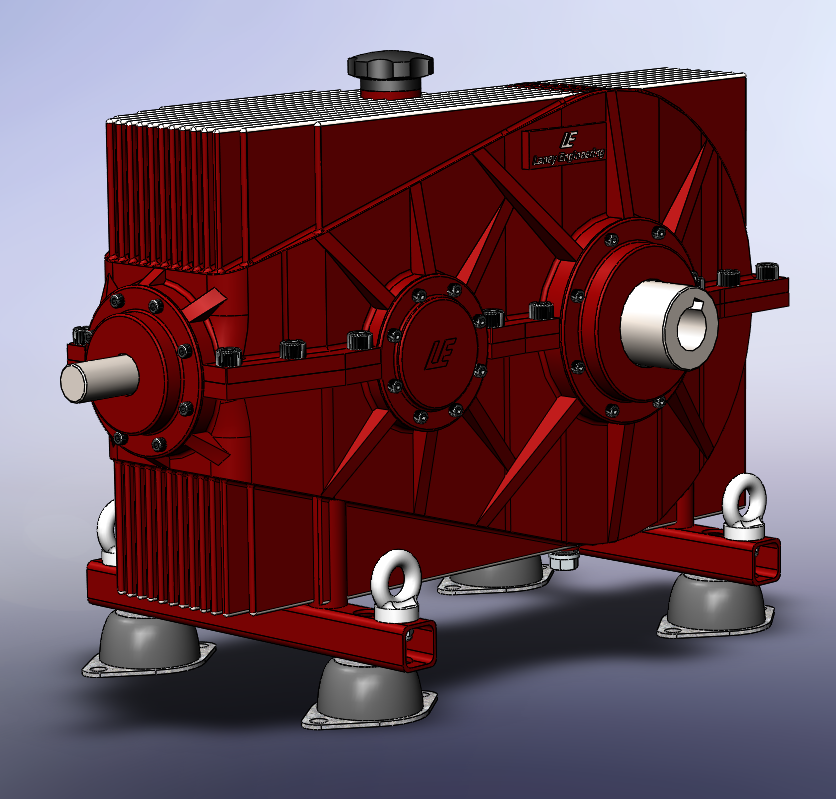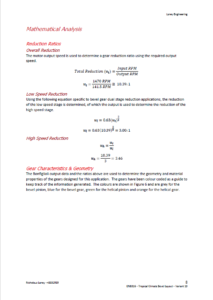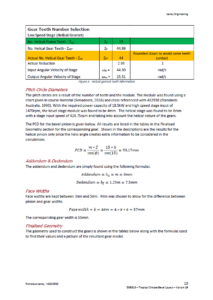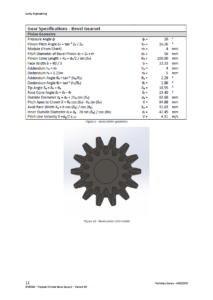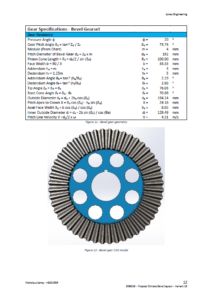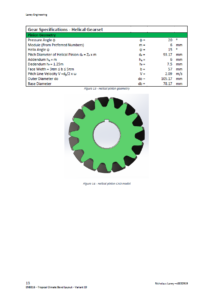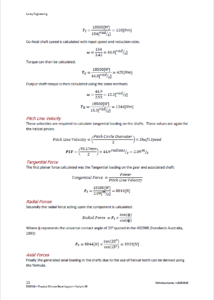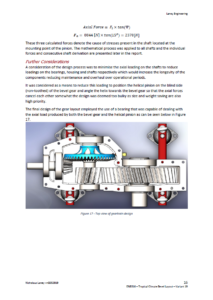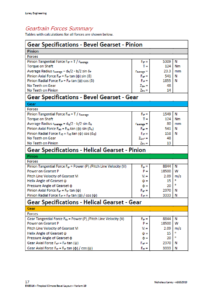One of my favourite projects from my time at university was the industrial gearbox design from my third year. At last it was a chance to apply the mathematical knowledge acquired in earlier classes to a project that an actual mechanical engineer could be faced with on the job.
The assignment specs included operating conditions, layout configurations and the application that the gearbox would be used. Each student was given a different combination of the above in an effort to reduce plagiarism.
The application I was given was a dual stage conveyor belt setup in an open cut mine in a tropical region. It was to be used in a dusty environment in a temperature range of 20˚ to 45˚C and humidity between 70 and 95%. The gearbox required a dual stage speed reduction and a 90˚ bevel gear on one of those stages.
The assignment also required that a 3D model be produced to showcase the design and that it have no errors. I was glad that I’d taught myself how to use SolidWorks in my first year and witnessed many students struggling to get their models to work.
I found the assignment to be most interesting. Australian standards were referenced during the design process which, like most government documents, required interpretation. A master spreadsheet was produced with all stress calculations which gave the optimal sizes and material for the gears and shafts.
The final assignment document came out at 60 pages plus the spreadsheet which included chosen bearing specs, lubrication, sealing, justification for gear shaping, fits & tolerances and environmental considerations.
For anyone who’s interested, I’ve included some of the calculations involved in developing the gear sets in the gallery below. Please feel free to contact me if you’re interested in the gearbox.
Until next time!
